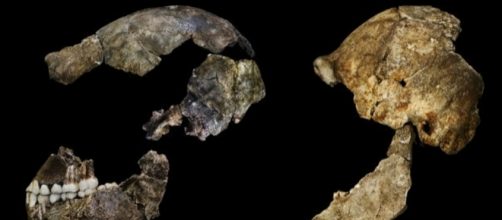Scientists have discovered a collection of ancient human remains from the Rising Star cave system in South Africa. The collection is comprised of an extremely well-preserved skull, which has given rise to the idea that Homo Naledi group of people buried their dead in the cave intentionally.
However, proof of such a complex behavior is baffling scientists and archaeologists alike, as the brain size of Homo naledi species was one third the size of humans.
The new research was carried out by a team of researchers from the James Cook University in Australia, the University of the Witwatersrand, the University of Wisconsin, and many more.
The remains were found in the Dinaledi chamber of the cave system and were dated to be relatively young that earlier perceived.
The existence of the Homo naledi was first publicized in September 2015. It was stated then that these species of individuals were alive between 335to 236 years ago.
Dating the ancient human remains
The study, which has been published in the journal eLife, states that extensive research used a combination and permutation of optically stimulated luminescence dating of sediments along with paleomagnetic study of flowstones and uranium-thorium dating to establish the timeline to which these skeletons belonged to.
The teeth that were recovered from the Homo naledi skull was dated using the uranium series’ dating technique along with electron spin resonance dating.
It was found that the naledi’s were a recent occurrence on the timeline of human history and shared many primitive features with other genus related to Homo sapiens such as, Homo habilis and Homo rudolfensis.
Although most of the characteristics of the Homo naledi were seen as primitive it did share some characteristics with modern-day humans.
The relatively young age of the species shows that they may have survived alongside other hominin species in Africa.
The late Middle Pleistocene when the Homo naledi existed was earlier thought to be the time when “modern human behavior” emerged along with the emergence of Homo sapiens. However now it seems that our cousins also co-existed with us and represented some complex behavior attributed till now only to Homo sapiens.
Public display of Homo naledi skeletal remains
The cave chamber Dinaledi in the Rising Cave system was first explored in 2013 with the discovery of the 15 skeleton remains of various ages. The recent discovery of the skull (along with the previous findings) would be put up for public display at Maropeng, the Official Visitors Centre for the Cradle of Humankind World Heritage Site Stsrting May 25. The exhibit, named “Almost Human,” will be the largest public display of an original hominin fossil.


